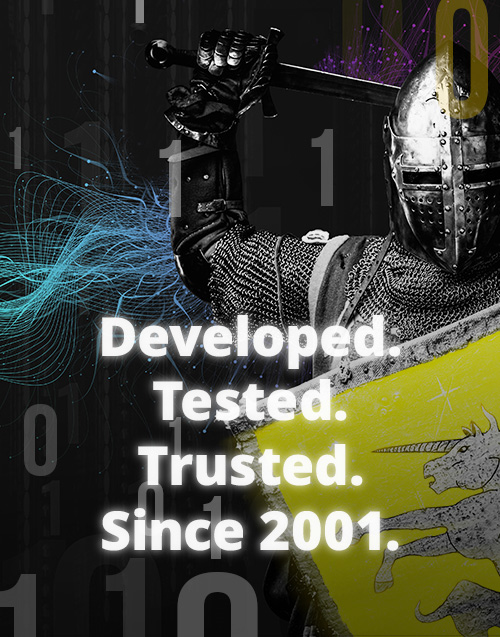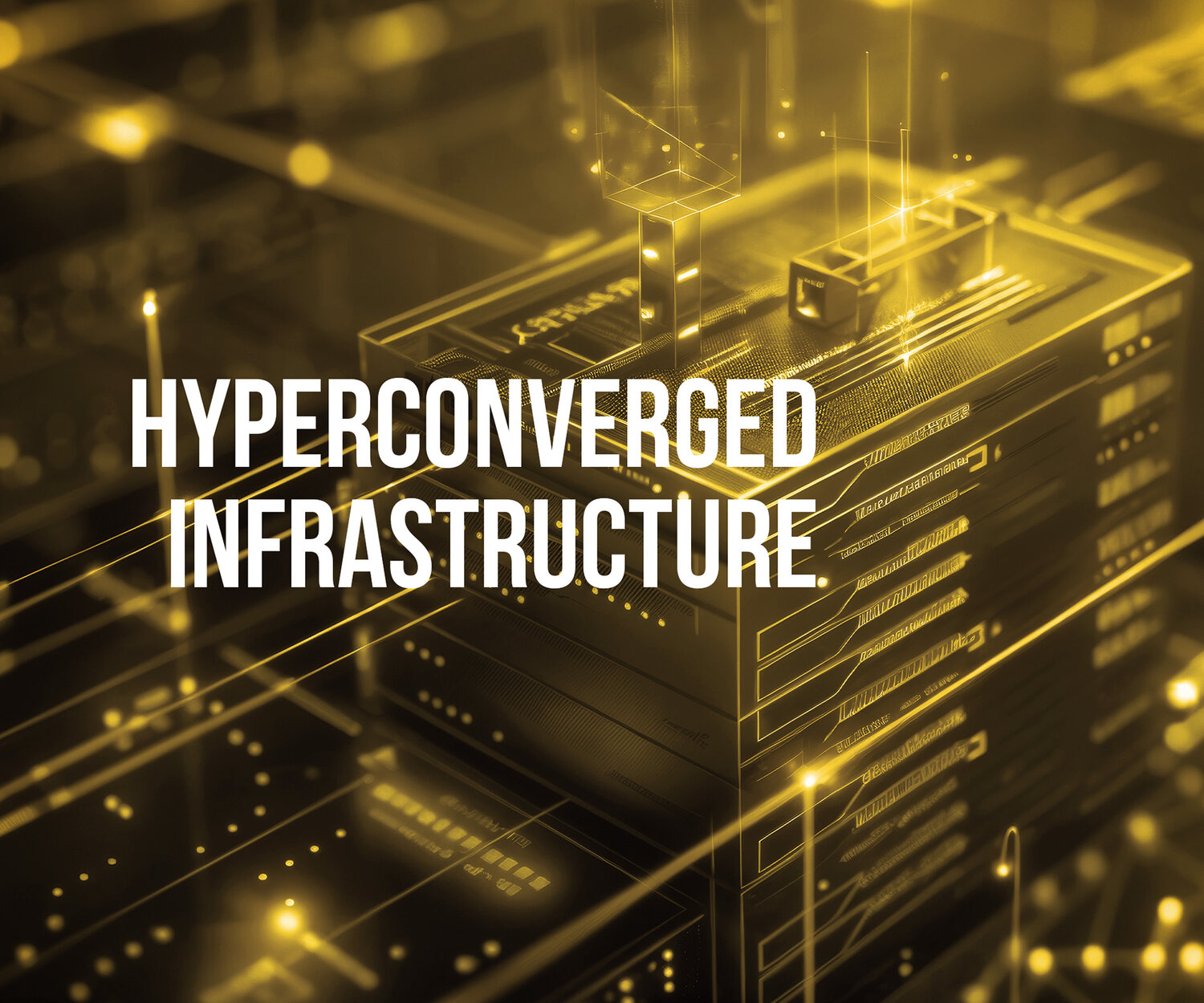Classic Tier 3 architecture vs. HCI: What's the difference?
The traditional Tier 3 infrastructure typically consists of three separate layers: compute (servers), storage (storage systems) and network (switches, routers). Each of these components is operated, managed and scaled separately - often with different vendors, management tools and support contracts. HCI, on the other hand, integrates these three levels into a single, software-based solution. Server, storage and network are combined in a virtual appliance and managed centrally. This holistic approach eliminates many of the typical complexities and dependencies of conventional systems.
Simplification through software: what makes HCI different
At the heart of HCI is the virtualization of all infrastructure components. They are controlled via a central management platform so that administrators no longer have to use different tools. New capacities can be added or scaled with just a few clicks - without any physical conversions or long planning cycles. This simplicity has a positive effect on operation, maintenance and susceptibility to errors. Processes are automated, systems are up and running more quickly and downtimes are significantly reduced.
Performance rethought: fast, flexible, scalable
HCI platforms rely on modern technologies and distributed data architectures, which leads to a significant increase in system performance. Data is stored locally and replicated intelligently, which drastically reduces access times. In addition, HCI enables linear scaling: new nodes are simply added to the existing infrastructure - without major friction losses or long integration phases. This is particularly attractive for medium-sized companies that need to react flexibly to growth or seasonal requirements.
Reduce costs, increase efficiency
A major advantage of HCI is the savings potential - both in terms of investment (CAPEX) and ongoing operation (OPEX). By consolidating hardware and reducing complexity, fewer resources are required for administration and maintenance. There are also no costs for dedicated storage solutions or network components. The lower space requirement in the data center, reduced energy consumption and simpler scaling also contribute to cost efficiency. Many medium-sized companies therefore see HCI as an opportunity to make their IT future-proof and economical at the same time.
New prospects for medium-sized companies
While large companies often have specialized IT teams and budgets, medium-sized companies often face the challenge of providing high-performance IT with limited resources. HCI can be the key to driving innovation, digitizing processes and being able to react quickly to market changes - without the complexity of traditional systems. Thanks to centralized management and automation, IT tasks can also be managed by small teams. HCI also offers a high level of future-proofing: cloud integrations, hybrid environments and backup solutions can be seamlessly incorporated.
Conclusion: Hyperconvergence as a strategic advantage
Hyperconverged infrastructure offers a radically new approach to operating IT systems - with clear advantages in terms of performance, scalability, efficiency and costs. HCI can be a strategic game changer, especially for medium-sized companies: less complexity, more control and IT that grows with the business. Anyone who wants to invest in modern infrastructure today can hardly avoid HCI. It is worth questioning the conventional approach - and breaking new ground.
Our tip:
The price increases of the big players do not offer any sustainable prospects in the infrastructure environment. Ensuring a future-proof IT infrastructure with limited resources, providing, administering and maintaining high-performance hardware and virtualization - at ever higher costs and with increasing complexity: Which medium-sized company can guarantee a modern working and IT environment with flexibility, performance and security under these conditions? We offer several options for digital work and virtualization landscapes without compromises, with top performance, top technologies and at top prices. Our flexible service models help you to replace unnecessarily expensive inventory and benefit from scalable Managed Virtual Desktop & Hyperconverged Infrastructure - uncomplicated, relieving, without high investments in infrastructure, licenses and specialists!
















